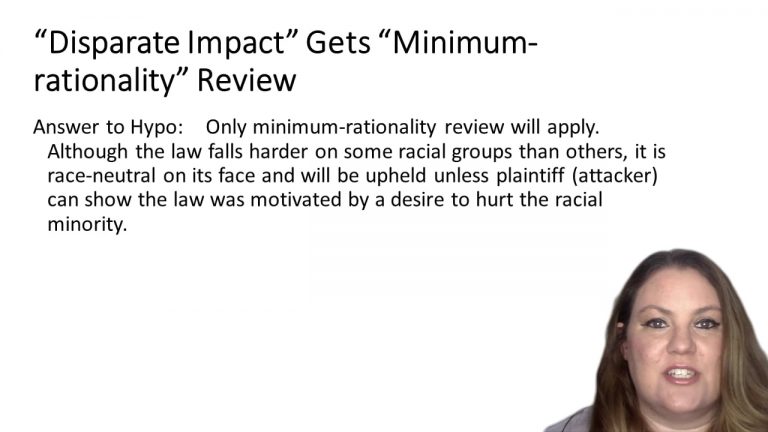SmartBrief
Confirm favorite deletion?
Constitutional Law Keyed to Rotunda
Chiafalo v. Washington
Citation:
140 S.Ct. 2316 (2020)Facts
Three Washington electors violated their pledges in the 2016 presidential election. In 2016, Washington’s voters chose Hillary Clinton over Donald Trump for President. The State thus appointed as its electors the nominees of the Washington State Democratic Party. Among these Democratic electors were petitioners Peter Chiafalo, and two others. All three pledged to support Hillary Clinton in the Electoral College. But they decided to case their ballots for someone else as that vote approached, in the hope that they could encourage other electors to followed their example. Eventually candidate Trump became the President. The State fined the electors for breaking their pledges to support the same candidate its voters had.
Only StudyBuddy Pro offers the complete Case Brief Anatomy*
Access the most important case brief elements for optimal case understanding.
*Case Brief Anatomy includes: Brief Prologue, Complete Case Brief, Brief Epilogue
- The Brief Prologue provides necessary case brief introductory information and includes:
Topic:
Identifies the topic of law and where this case fits within your course outline.Parties:
Identifies the cast of characters involved in the case.Procedural Posture & History:
Shares the case history with how lower courts have ruled on the matter.Case Key Terms, Acts, Doctrines, etc.:
A case specific Legal Term Dictionary.Case Doctrines, Acts, Statutes, Amendments and Treatises:
Identifies and Defines Legal Authority used in this case.
- The Case Brief is the complete case summarized and authored in the traditional Law School I.R.A.C. format. The Pro case brief includes:
Brief Facts:
A Synopsis of the Facts of the case.Rule of Law:
Identifies the Legal Principle the Court used in deciding the case.Facts:
What are the factual circumstances that gave rise to the civil or criminal case? What is the relationship of the Parties that are involved in the case.Issue(s):
Lists the Questions of Law that are raised by the Facts of the case.Holding:
Shares the Court's answer to the legal questions raised in the issue.Concurring / Dissenting Opinions:
Includes valuable concurring or dissenting opinions and their key points.Reasoning and Analysis:
Identifies the chain of argument(s) which led the judges to rule as they did.
- The Brief Prologue closes the case brief with important forward-looking discussion and includes:
Policy:
Identifies the Policy if any that has been established by the case.Court Direction:
Shares where the Court went from here for this case.
Topic Resources
Topic Outline
Topic Refresher Course

 5m 39s
5m 39s